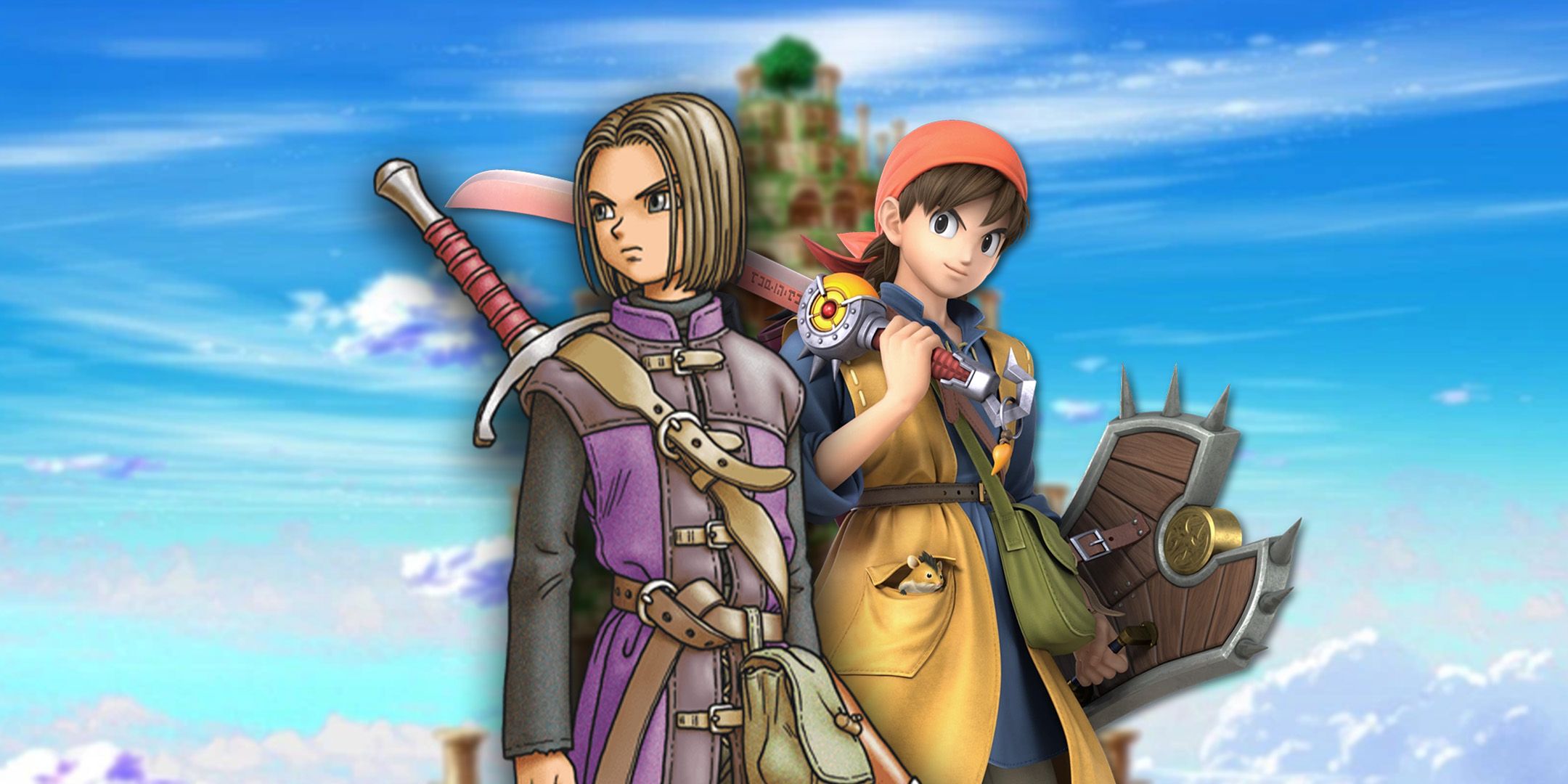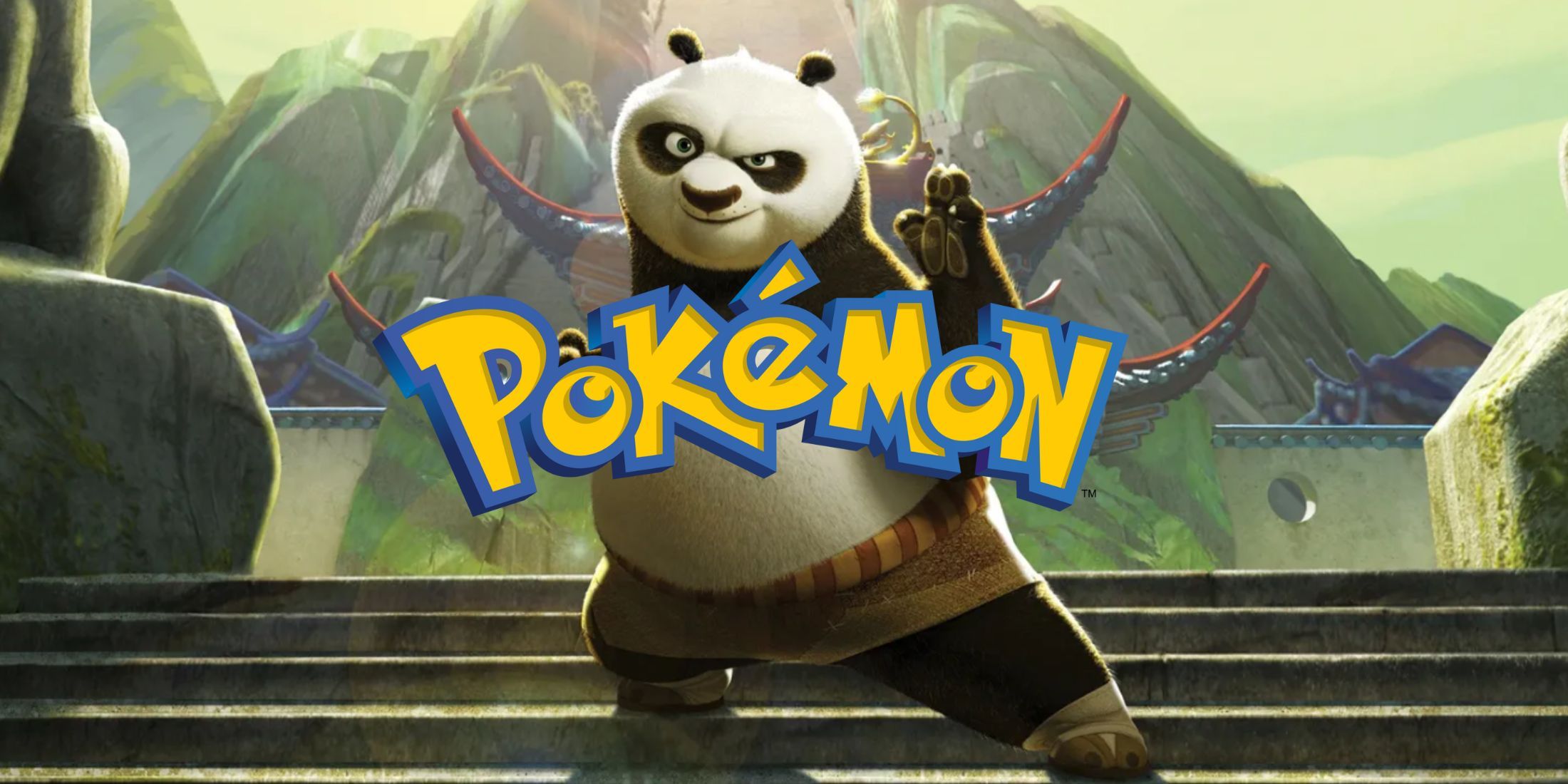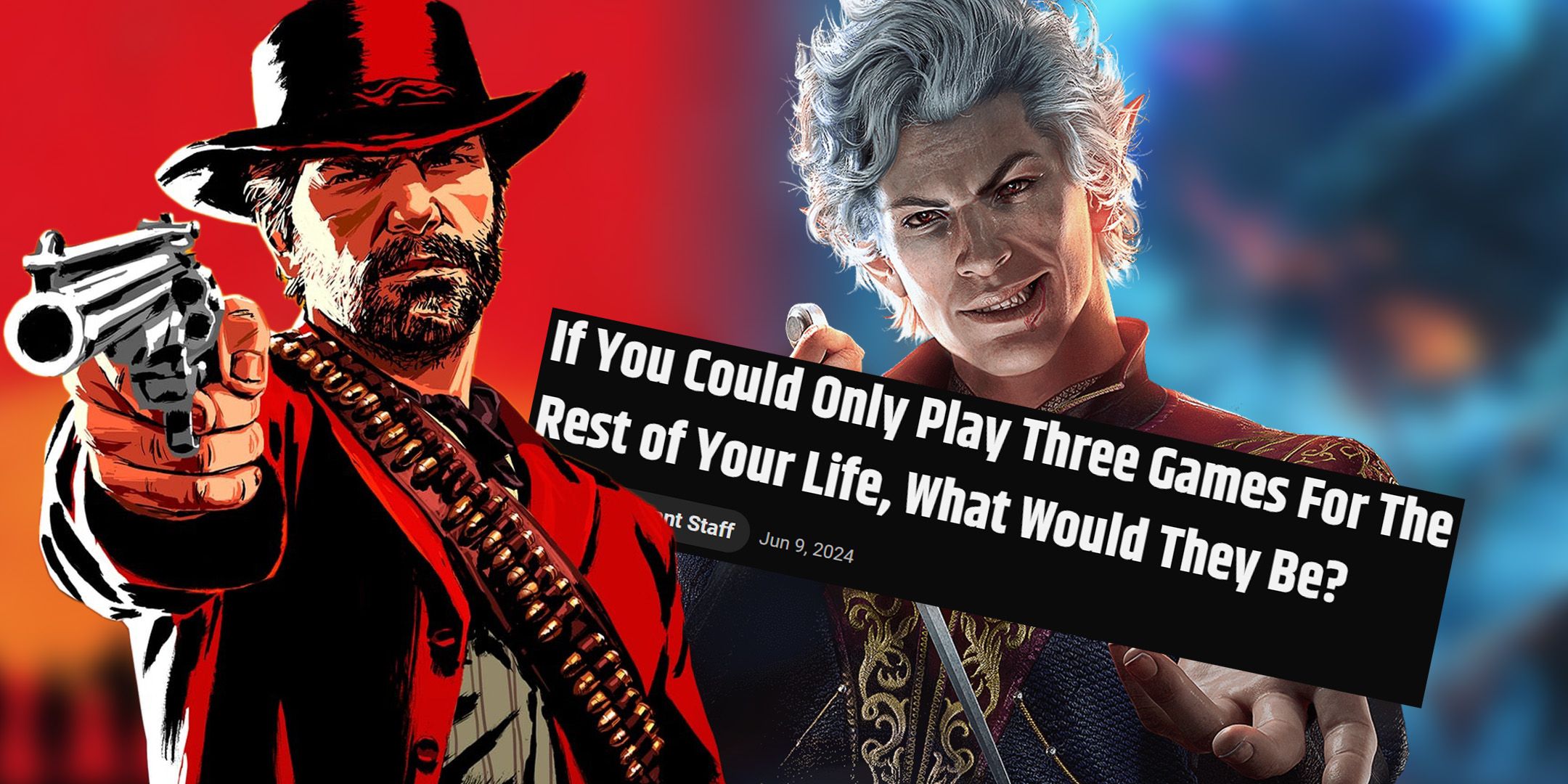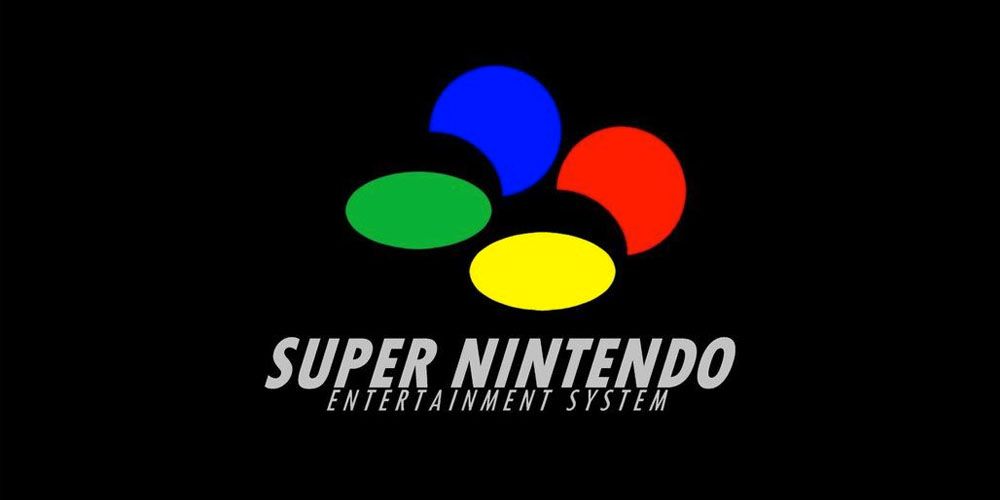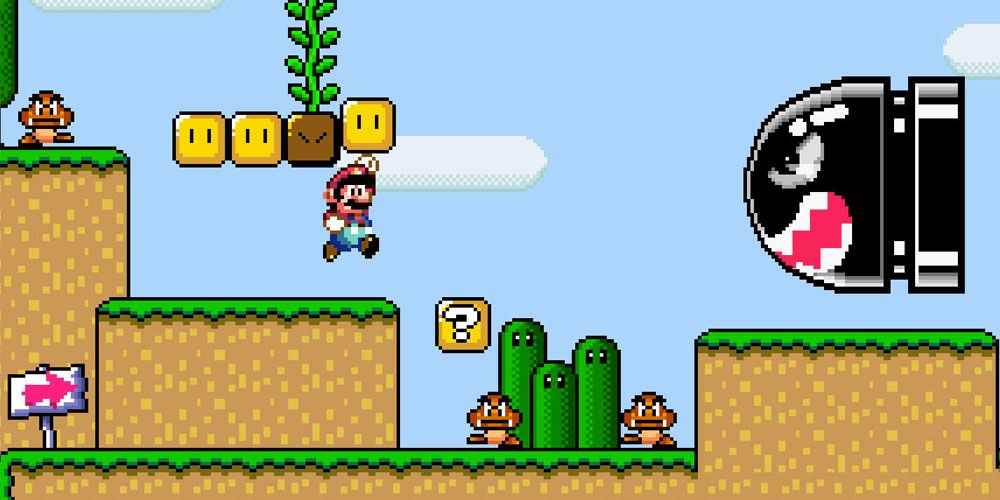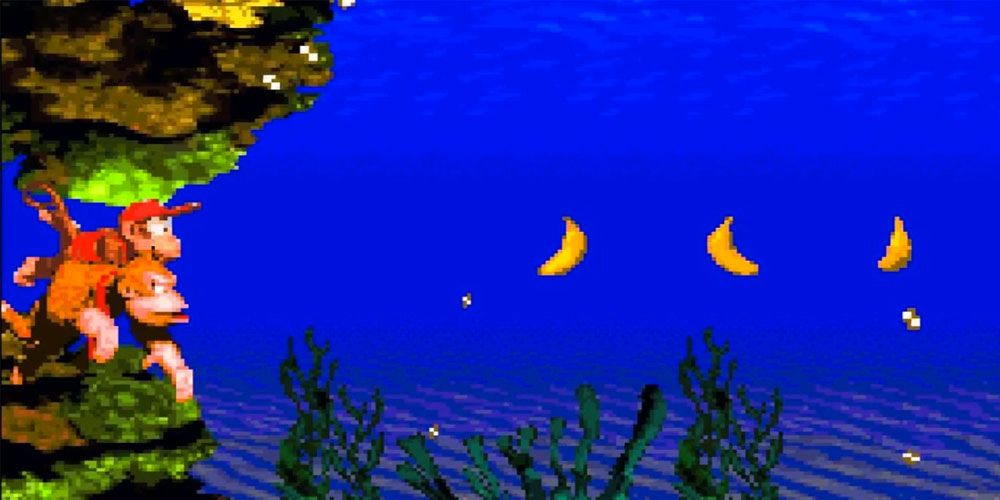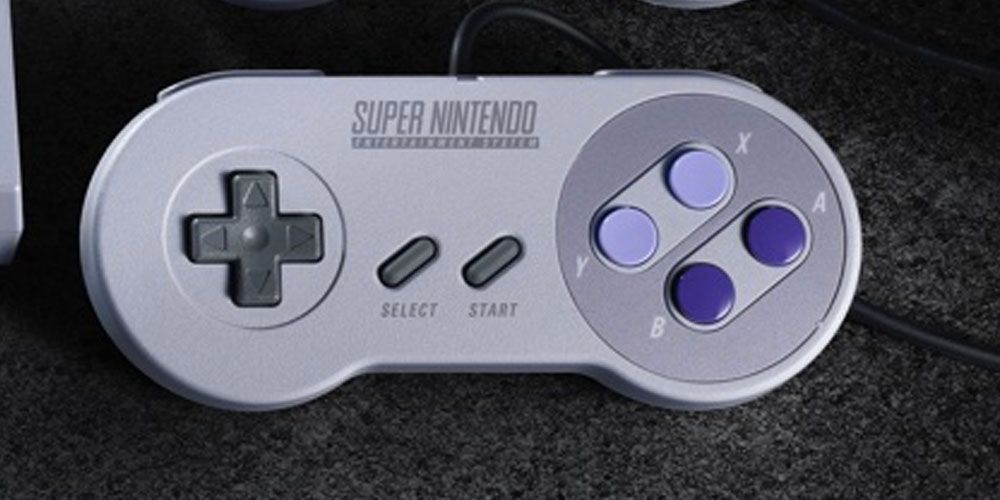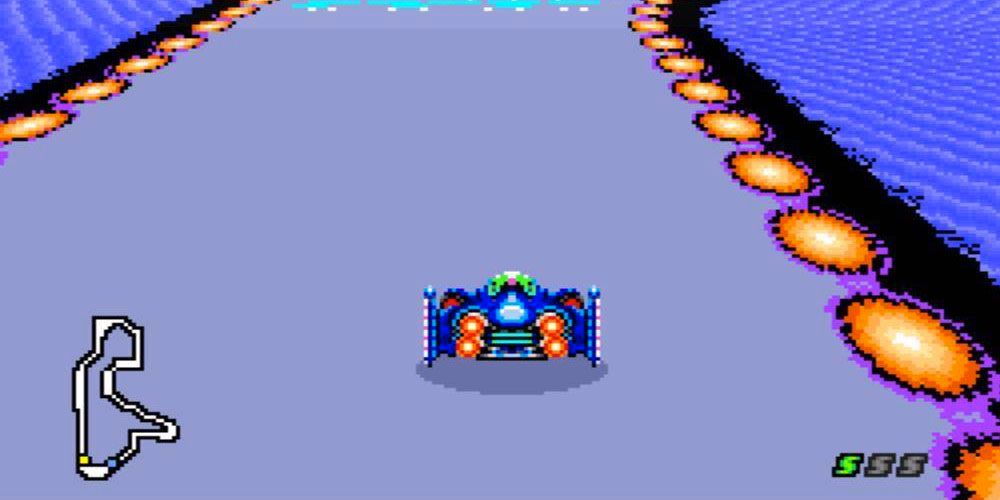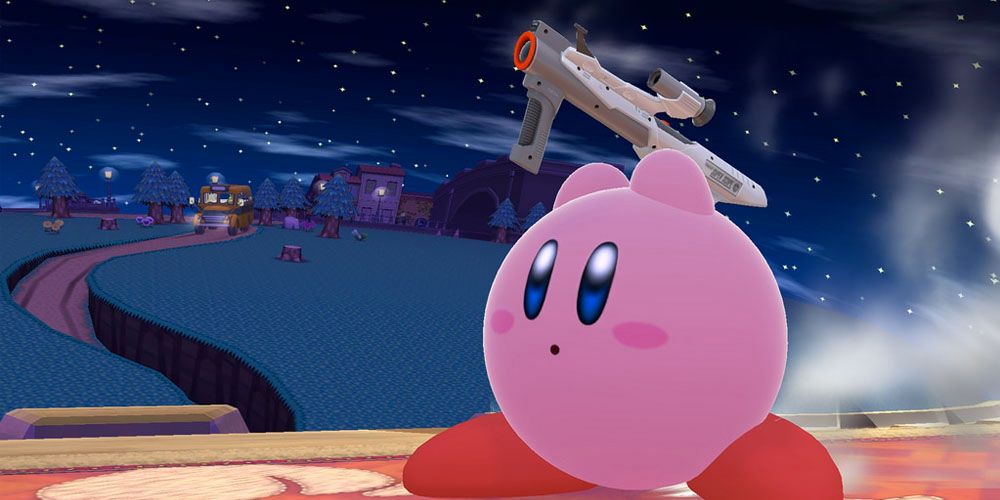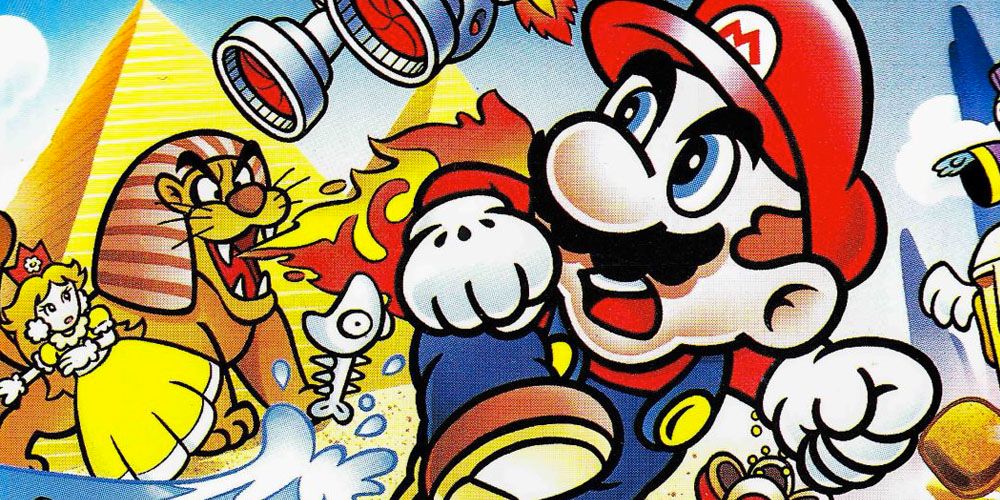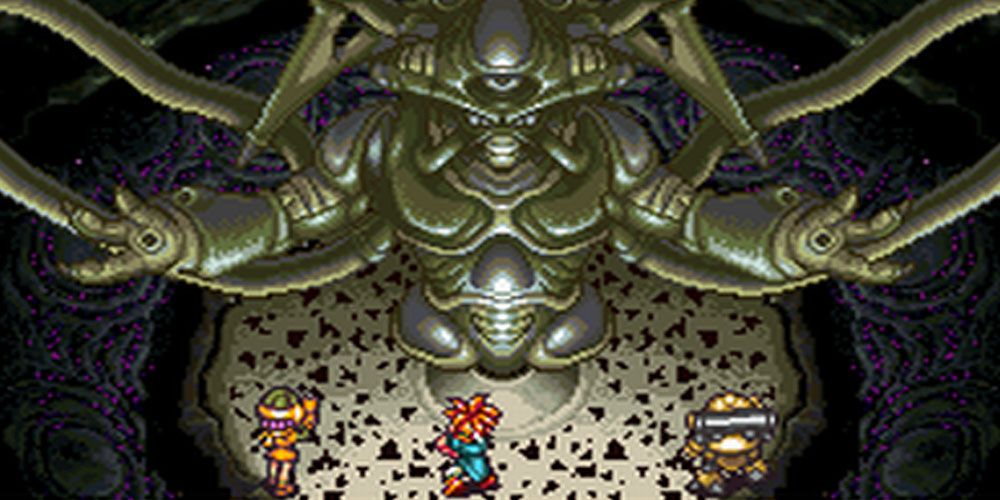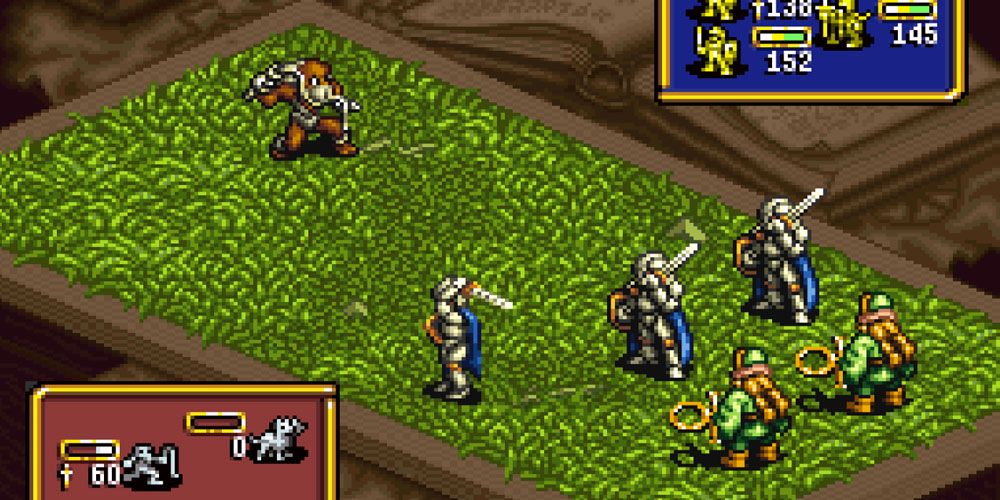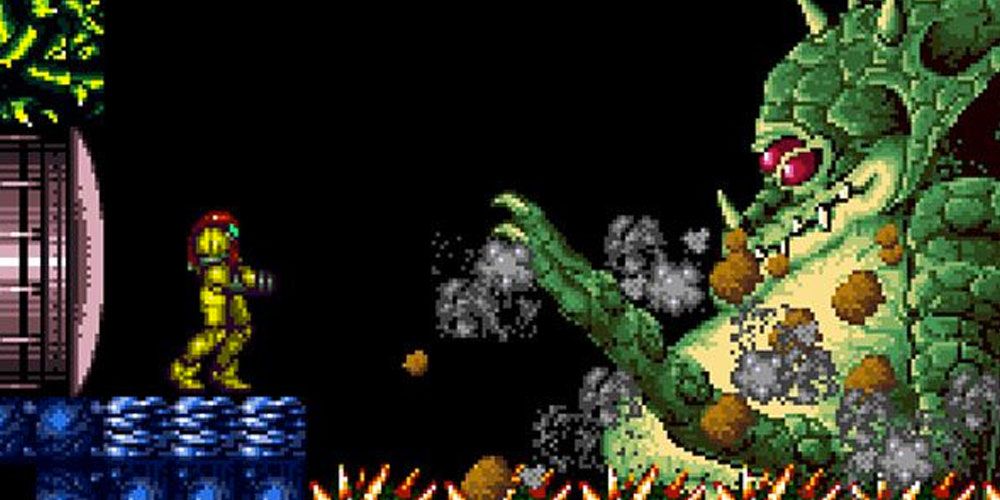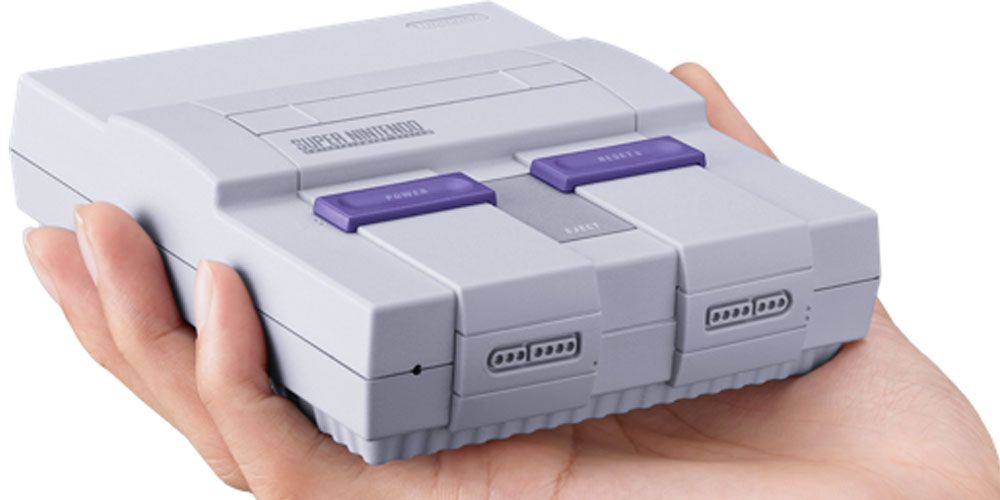If you grew up in the 1990s, odds are you found yourself on one side or another in the great Console War between the Sega Genesis and the Super Nintendo Entertainment System (SNES). With Sega's hard marketing campaign touting it as the go-to console for great games, making Nintendo look old and dusted for a time, it was easy to get caught up in the pomp and circumstance as each company traded blows.
Now that the dust has settled, it's easy to look back and determine Nintendo the winner of the war. They sold more consoles, the console is remembered more fondly, and Nintendo still makes gaming systems, while Sega is a third-party publisher. With that said, we will do our best to outline why things went the way they did. Here are 10 Reasons Why The SNES Was Better Than The Sega Genesis.
10 Technical Power
While the Sega Genesis had a CPU advantage — leading to the "Blast Processing" ad campaign — the SNES outclassed Sega in terms of power. Without getting too much into numbers, the SNES could produce more colors on the screen at once. Sprites could be bigger, and it could produce a higher resolution. In short, games looked and ran better on the SNES compared to the Genesis, and it was noticeable.
While you could argue that Sega found ways around this — adding blood to Mortal Kombat to make up for an obvious dip in visual fidelity comes to mind — Nintendo's console was superior to the competition aside from a few other, pricier consoles. This really made it the place to play the best versions of the best games.
9 Better Sound
With better Sound RAM, and more audio channels, Nintendo's 16-Bit console was home to some of the best soundtracks of its time. A lot of that has to do with the fantastic minds working in the industry at the time, but they could only produce what the system would allow.
With that in mind, it's hard to argue that the music and harsh sounds of the Genesis could compare to "Aquatic Ambience" from Donkey Kong Country or the sound of Link's sword ripping through the air in The Legend of Zelda: A Link To The Past.
8 The Controller
This might bother some fans of the Genesis Six Button controller, but the SNES' simple controller design is a master-class in retro comfort. With a diamond button layout, curved edges, bumpers on the edges and start/select options on the face, the SNES controller is really the precursor to everything we use today.
The button layout alone is perfect to allow a player's thumb to hover over every button needed at any given time, while also allowing for multiple buttons to be pressed simultaneously. That's without mentioning The Big N's patented directional (d)-pad, which just feets right. Sega's version of a d-pad did allow for more nuanced compared to the SNES, however, it was never really utilized to its full potential. Regardless, there's something about the feedback from Nintendo's offering that just works better.
7 Mode 7
Mode 7 is another note we could have included in our "Technical Specs" entry, but it was too important to lump it in with visual specifications. For those unaware, Mode 7 is what allowed the SNES to create titles like F-Zero and Mario Kart. It's a graphics mode that allows the background to be scaled and rotated, giving a pseudo-3D effect to the game, making it feel as though players were moving forward when, in reality, the area is moving in front of the sprite.
It was extremely intuitive for its time, and this graphics mode is what showed console gamers what 3D gaming could look like in the coming years. It was an extreme advantage over the Genesis too, as Sega touted it had superior hardware, Nintendo proved it with this intuitive design.
6 The Super Scope
Look, the Genesis had a light-gun just like the NES, but let's be honest, nothing touches the Super Scope. Operating on a similar premise as previous iterations before it, the Super Scope essentially shot a beam to the TV, where the console can pick up on the location of the light to determine where a player shot at the screen. It's not a new technology, but Nintendo stepped up their game with this one.
Designed to emulate a bazooka, the Super Scope mounted on a player's shoulder. It was unlike any peripheral we ever saw before, and it really helped the SNES's reputation of being the "uncool" console. On top of that, it was a blast to play with, with 11 official games utilizing its ability.
5 Super Gameboy
When it comes to gaming, the most important thing for a player is having a variety of options to play. The SNES offered that in terms of content — seriously this console had a massive library that spanned almost every genre imaginable — but Nintendo went a step further by allowing players to play Gameboy games on their home console as well.
With a simple cartridge, players had access to a whole other library of games that were just as fun and addicting, despite being technically inferior. It's really hard to argue that the SNES lacked in content compared to the Genesis, but the Super Gameboy add on gave it that much more of an edge over the competition.
4 Square Support
Nintendo had a bad reputation regarding third-party support during the NES years. Their draconian practices limited the number of titles publishers could release on their console, restricted content from other consoles, and required publishers to pay The Big N for cartridges. Yet, when the Sega Genesis started making inroads, Nintendo had to change up their practices. While many developers decided to double-dip and make content for both the SNES and the Genesis, one major publisher continued an exclusive partnership with Nintendo — Squaresoft.
As one of the major publishers of the era, Squaresoft was home to franchises like Final Fantasy, Mana, and more. This partnership between the Japanese hit-maker and Nintendo resulted in some of the best games of the generation, along with the extremely unique Super Mario RPG.
3 The JRPGS
Speaking of Squaresoft, the SNES was a JRPG machine. Despite Sega's efforts to offer some quality content in the genre with the likes of the Phantasy Star franchise, Beyond Oasis, and Shining Force, the SNES was flooded with titles of equal or greater value. In fact, one could argue the SNES's reputation as a quality game console lies almost exclusively on the fact that the system housed titles like Chrono Trigger, Final Fantasy III, Earthbound, Ogre Battle, and Dragon Quest V and VI.
We could make an entire list just on the SNES's JRPG offerings, so we apologize if we missed one or two on that brief rundown. Now, a lot of this is thanks to that aforementioned partnership with Squaresoft, but Nintendo and other publishers like Enix produced a plethora of fantastic JRPGs as well.
2 The Nintendo-Made Exclusives
While Sega was able to offer some of the most unique games of its generation, Nintendo edged them out in terms of the quality of first-party offerings. Titles like Super Metroid, Donkey Kong Country 1-3, The Legend of Zelda: A Link To The Past, Star Fox, and Super Mario RPG defined genres! Nintendo's standard of quality when it comes to their first-party content is normally very high, and for Sega, that wasn't always the case.
The SNES has one of the greatest libraries of all time, and while there was a lot of third-party support, what Nintendo was able to offer in-house was unlike anything produced on other consoles, and at the end of the day, it was the biggest difference-maker between the two systems.
1 The Legacy
While the Sega Genesis left behind a fantastic legacy of bringing the arcade experience home, the SNES offered so much more for us as gamers. Whether its controller design, the Metroidvania genre — thanks to the unique design of Super Metroid — pseudo-3D gaming, or a level of quality in terms of games we never experienced before, this console is the gold standard.
Nintendo did everything right regarding the SNES, and there's a reason why it's looked back at so fondly by a majority of players around the world. it was an absolute game-changer, and it will never be forgotten.

